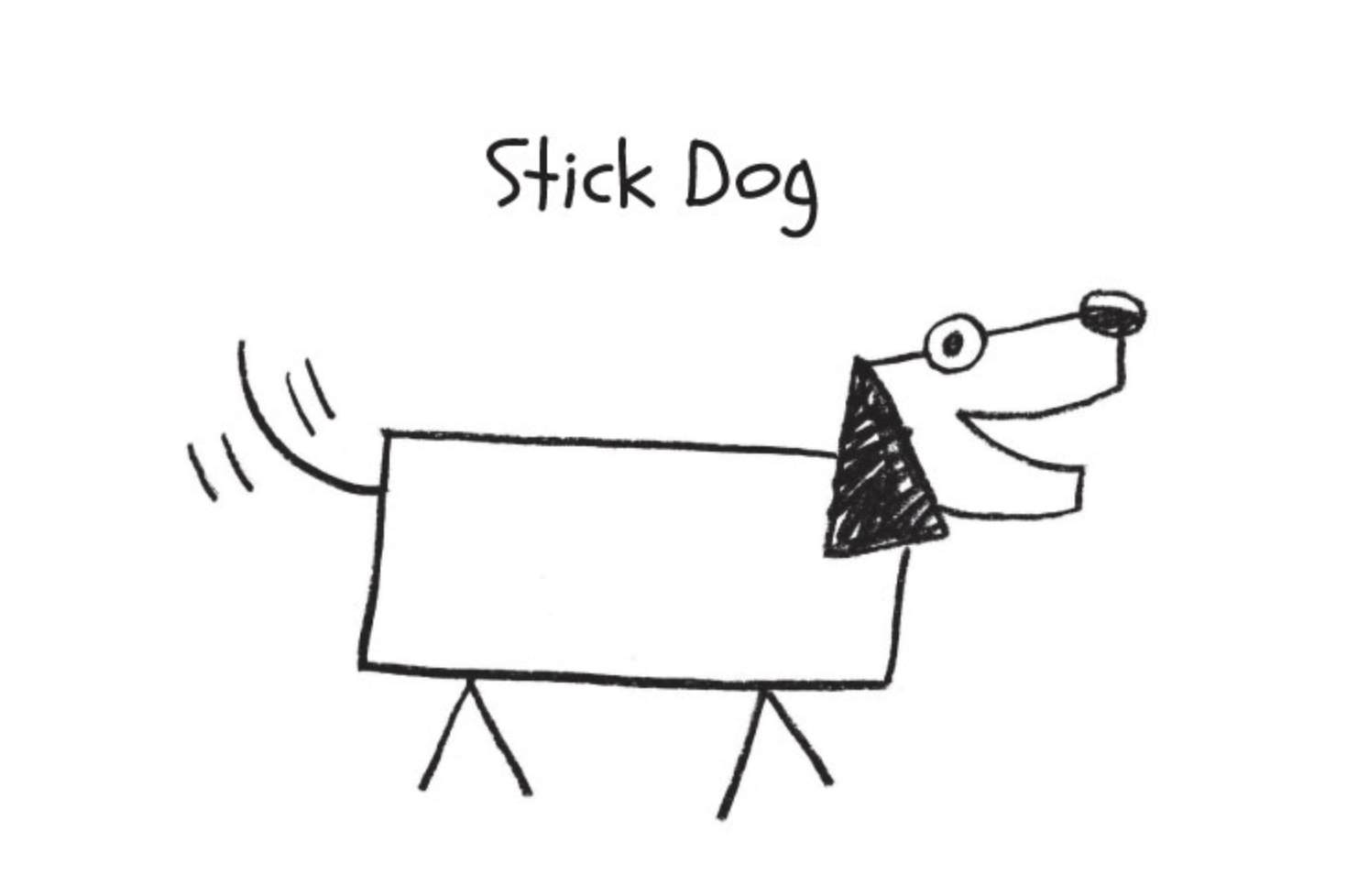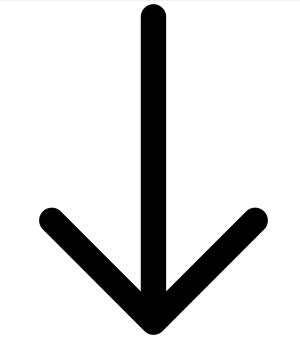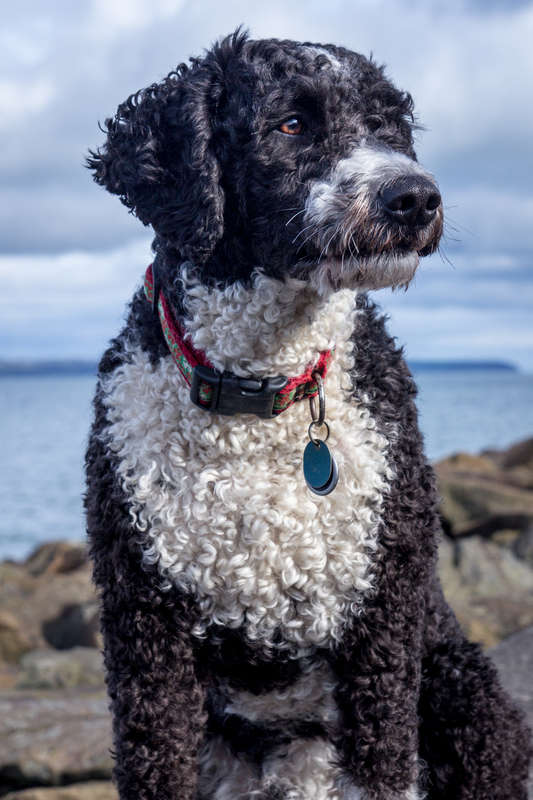
We don’t have consent to share this photo, but we ask that you look at it, study it, and name this coated breed.
We’ll wait. Meet us at the bottom of the arrows:




As a coated breed, the dog’s natural outline can be obscured or distorted by a coat that lengthens with maturity. If nothing else, this exercise should drive home the importance of getting one’s hands under a dog’s coat to evaluate it for breeding, the show ring, and to ascertain in one’s own mind the dog’s adherence to its breed standard. Even with its coat, one can determine easily enough if it is a medium sized dog as it should be, but a hands-on examination can better reveal the parallel planes of his skull and muzzle, a neck that should be short and muscular, a robust and compact (some say “cobby”) body, a broad and well let down chest, and the dog’s proportions.
With proportions of 9:8, this not a square breed, but a slightly (very slightly) longer than tall dog. This was not an arbitrary ratio. A study of the breed standard by Fraguel indicates that proportions were based on the first measurements taken from dogs in first fieldwork in the breed which is a working breed. He adds that proportions are of immense importance as they complete the real shape of the breed.

Did you guess it was the Spanish Water Dog?
Image: Spanish Water Dog photo by © Dazb75 | Dreamstime.com
